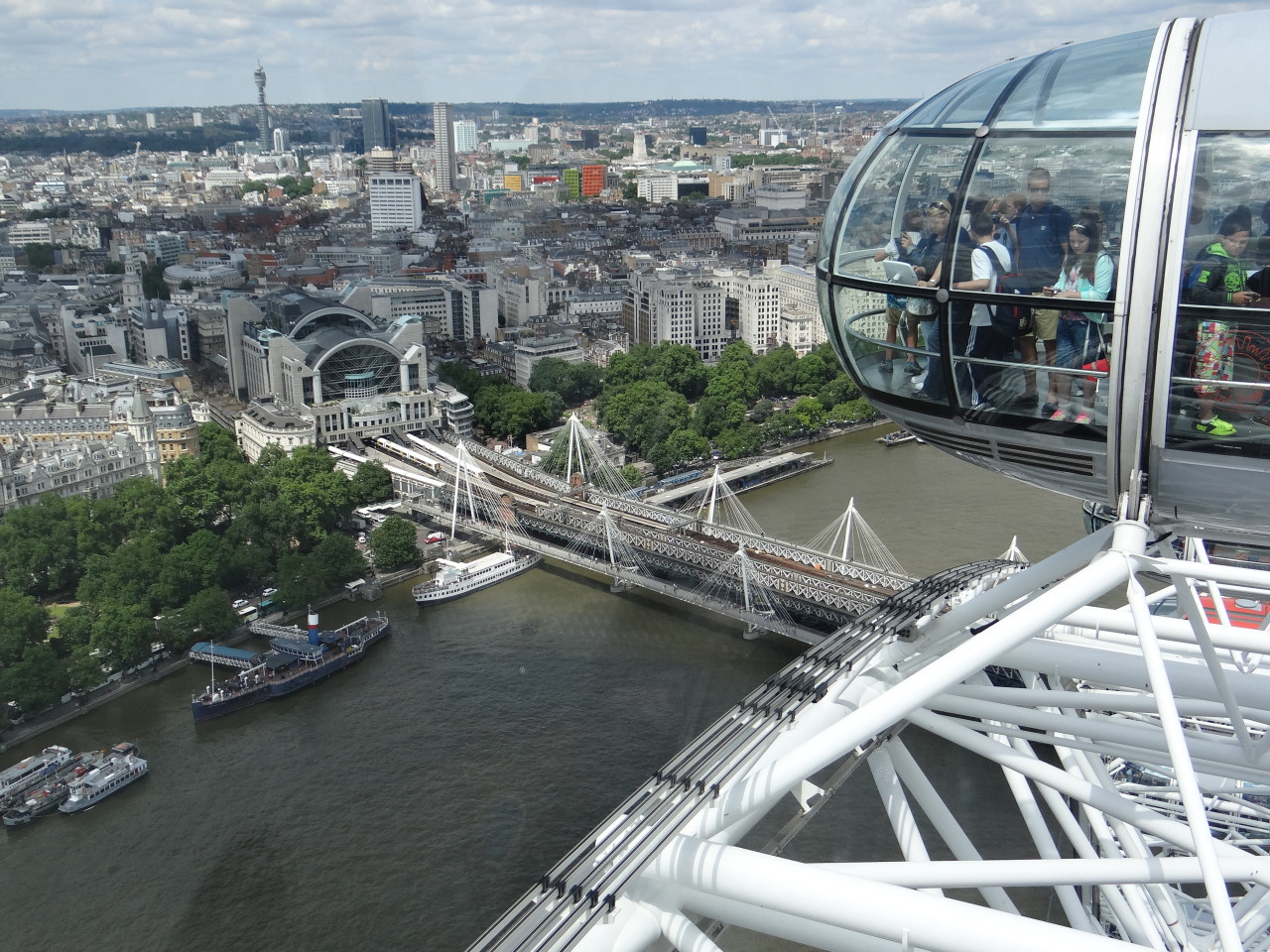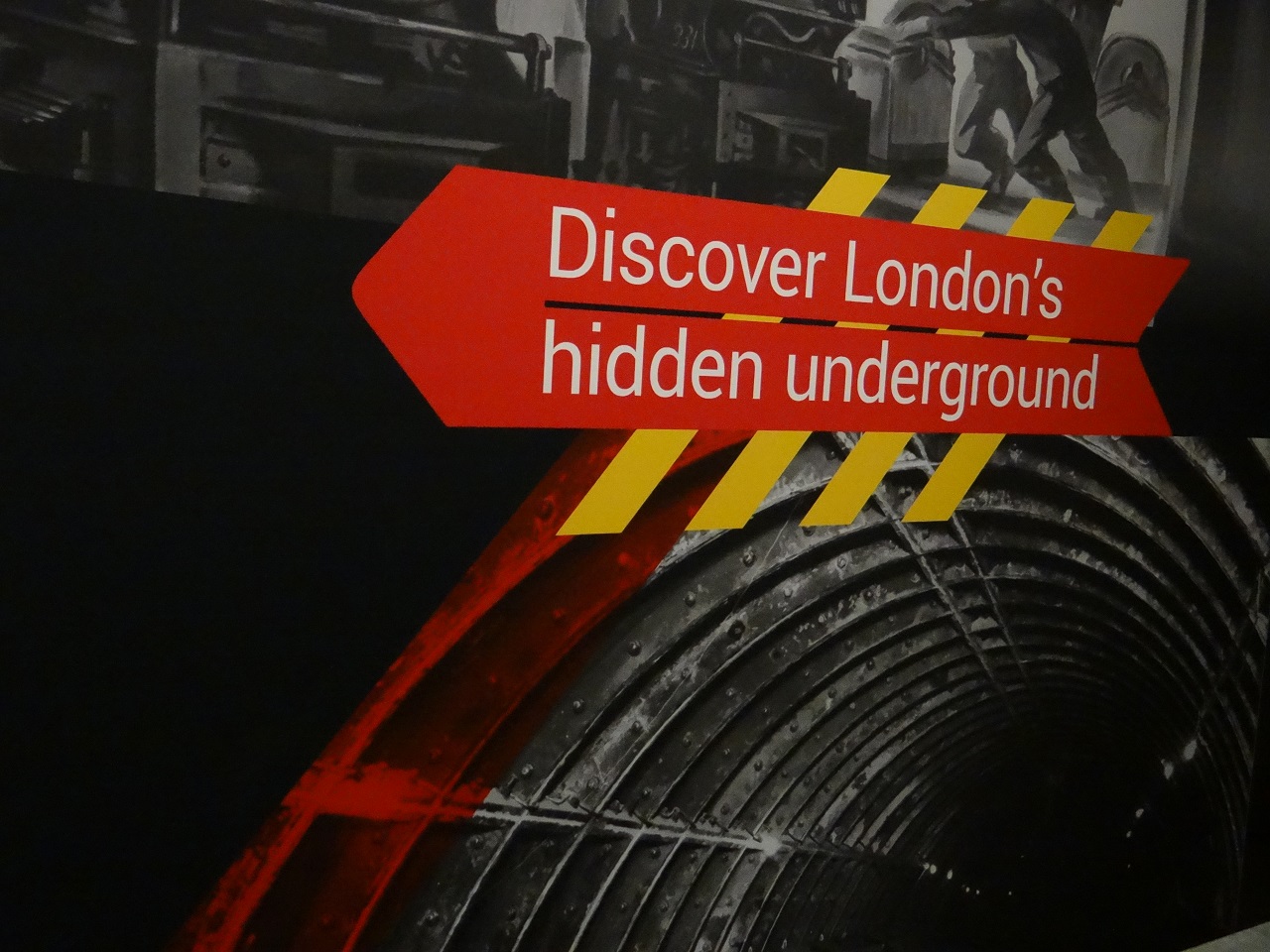
When I first visited Venice, Italy, I remember buying handmade paper by the sheet. It was elegant, unique and something I wanted to write on. But what to write? What was worthy of this special paper? As silly as it sounds now, that paper could only be used for a love letter, those love letters featured in newspaper articles, the ones shown in the movies, the ones found years later that evoked tears of happiness and sadness. The letter that would have been put in the mailbox to work its magic across the city, state, oceans, etc. to arrive in the mailbox of the intended paramour. The logistics of the letter delivery lost to the sender and recipient but happily recreated by the Postal Museum and Mail Rail in London showcasing the transit of that letter across London (and the world).
The problem was I didn’t have a love to write to so I saved that paper as a piece of art – it really is a piece of art in the craftsmanship as well as in the intent. An intent lost today in the world of swiping left and right, a world full of emojis and disappearing messages and one that “likes” my post but doesn’t actually converse with me. That paper reminds me of history, a history of conversations that often took days or even weeks to initiate and continue. A time when I had pen pals in Australia and Italy.
The Post Office Railway “Mail Rail” is Born
It’s easy to romanticize the piece of paper and the letter because it all seemed so simple in the early days (at least the movies and books make me feel that way). Central in all of this letter writing and waiting for the postman is the post office – the logistics of how that letter leaves your hands and gets into another is fascinating. And in London, they found a new way to get the mail moving across the city by moving it underground. Why bother with the mess, traffic and time-consuming horse-drawn carriages above ground when you can utilize the tunnels underground? And thus the London Post Office Railway “rebranded Mail Rail in 1987” was born.


The underground mail tunnels were born to transport mail across London (about 6.5 miles of tracks) with multiple stops at key destinations in the city between Paddington and Whitechapel stations. At each platform, men would have little time (about a minute) to remove the sacks of mail and replace them with other sacks that arrived by chute in an operation that ran nearly 22 hours a day. The work was physically demanding and exhausting. But logistically it was so advanced in my opinion. The trains were driverless and controlled centrally. If you ever need to be “wowed” just try to fathom the London underground system and this mail tunnel built so long ago. Visiting the London Transport Museum is a great complement to the Postal Museum Rail Mail visit.


For nearly 75 years, the mail traveled underground across London but as new forms of communications were born namely the telephone, fax and then ultimately the smart phone, the mail rail was nearing the end of its efficiency and usefulness in a world less interested in the letters and more focused on emoji’s and quick hits of texts. The mail rail train was eventually decommissioned in 2003 but lucky us that Royal Mail decided to open up (in 2017) the Mont Pleasant station and build a wonderful attraction that celebrates the era long gone. Mail Rail is part of the Royal Mail Postal Museum.

Where to Find Mail Rail at the Royal Mail Postal Museum
The Postal Museum is hidden industrial building about 15 minutes walking from Chancery Lane (Central Line) tube station. Following Google Maps I was led down laneways and small roads away from the crazy that is The City. The beige factory like building across from the empty lot with cranes ready to build a new London structure was easy to find and it took a few doors down to enter the Postal Museum shop. The security guard directs you to leave all bags (purses, backpacks, etc.) and coats in the storage lockers (need to deposit £1 coin in the locker as security). The staff member checks your ticket time before showing you the stairs to descend to the attraction.
Note: Buy your Mail Rail Ride ticket in advance online as there are a limited number of riders and time slots. You can visit the Postal Museum without riding Mail Rail but for the best experience, plan ahead.

Riding the Mail Rail Ride at the Postal Museum
When you enter the large room the video projection is on the right hand side which provides a short film history of mail rail. Around the room are various descriptive boards and the main attraction is on the left – the small trains that have been upgraded to (snugly) fit people into the compartments that used to carry mail bags.

When your ticket time is listed you go queue (line) up and wait to board. You can leave all bags, coats, etc. in the cubbies if you want (avoiding the deposit lockers upstairs). Then you are asked to board (or smush into) the train in pairs. As I was solo, I was allowed to be by myself. The trains limit tickets to 20 people per time slot so lucky for me I didn’t have to share the small space with a stranger that day.

The glass overhead is closed to secure the train (claustrophobic feel for some) and the driver has a short announcement before we are off and the audio tour begins (speakers overhead). The narration follows the train and we stop at the first platform to see a video projection of the history of mail, the mail rail and London. It’s a bit Disney-fied which frankly was a great touch. The experience transports you back in time and follows the letters, the workers and the people behind the stories over the years.




The fifteen minute ride is not enough as everyone moans upon returning to the platform. The cost to fully restore all of the stations to take the train across the city is not feasible. The one station and back is just enough to provide insight into the mail rail history. You then disembark to walk through the small but nicely curated postal museum and mail rail displays with a few interactive sections.

Royal Mail Postal Museum and Rail Mail Exhibits
The U-shaped exhibit area begins when you disembark the Mail Rail Train. The wall showcases a map listing the stations across London that the Mail Rail serviced. Next to the map is the train driver’s car used to maintain and ride the rails – super small if you try to climb in – I tried and didn’t fit. Second is the workers storage lockers, a few intact from the final days of service. The interactive part is for children mostly to try on the equipment and clothes. In this area there is also a tool box to show a few of the necessary objects needed to maintain the mail rail train cars, tracks and other equipment at the platforms.




As you walk through the history of the mail rail, each section is a glaring reminder to an industrial mechanical age. There is the control center which provided updates as to the location of the trains which were unmanned and ran on their schedule. The display to show the large leather satchels on a mail on a hook that the train delivered as it passed by. There is an interactive travelling post office (mail train) train car that provides a timed game to sort the mail as the train moves from side to side (I beat the clock and sorted the mail but was annoyed it wasn’t alphabetical to make it easier). Now imagine the train is moving at regular speed and like a pinball machine you are bouncing side to side against co-workers as you sort the mail.



My Mail Rail Ride & Postal Museum Experience
As a super fan of all the “How it’s Made” and “How Do they do that” type of TV shows, documentaries and behind the scenes films, I was super intrigued by all of the displays and the history of Mail Rail. For a unique peek into the history of London and its postal service, a visit to Mail Rail is a must. The kids growing up today, in my opinion, are so far removed from mail and the post office they may one day never know the feeling of receiving a hand written letter or postcard and that would be a shame. I’m glad Royal Mail has created this small slice of history to share with everyone. A visit takes about an hour so you can easily fit this into your London itinerary.







2 thoughts on “The Mail Rail Ride – Riding Through History as a Letter in London”
I recently heard about the Mail Rail and have thought about visiting it on my next trip to London. Alas, I can get rather claustrophobic and am a bit afraid to try it. Thanks for this post–very informative!
Comments are closed.